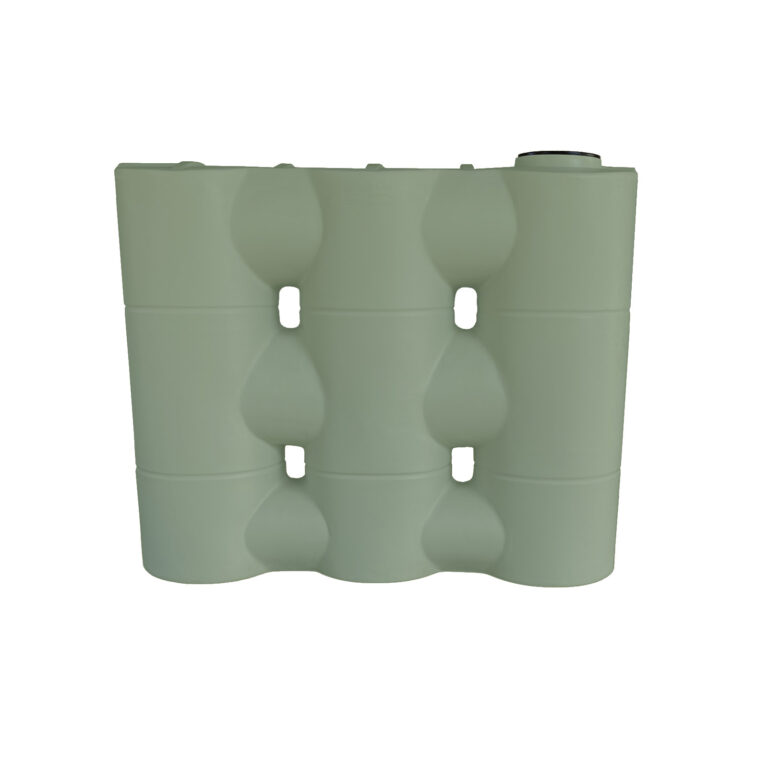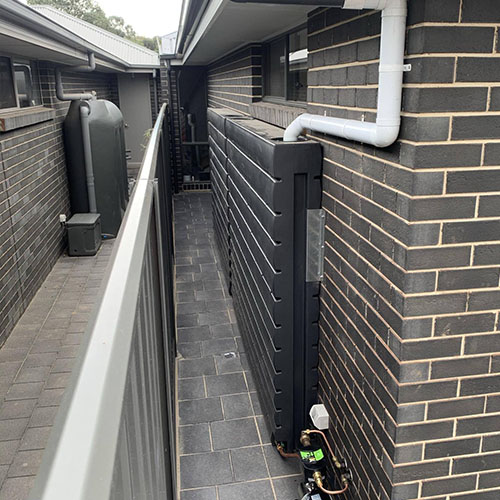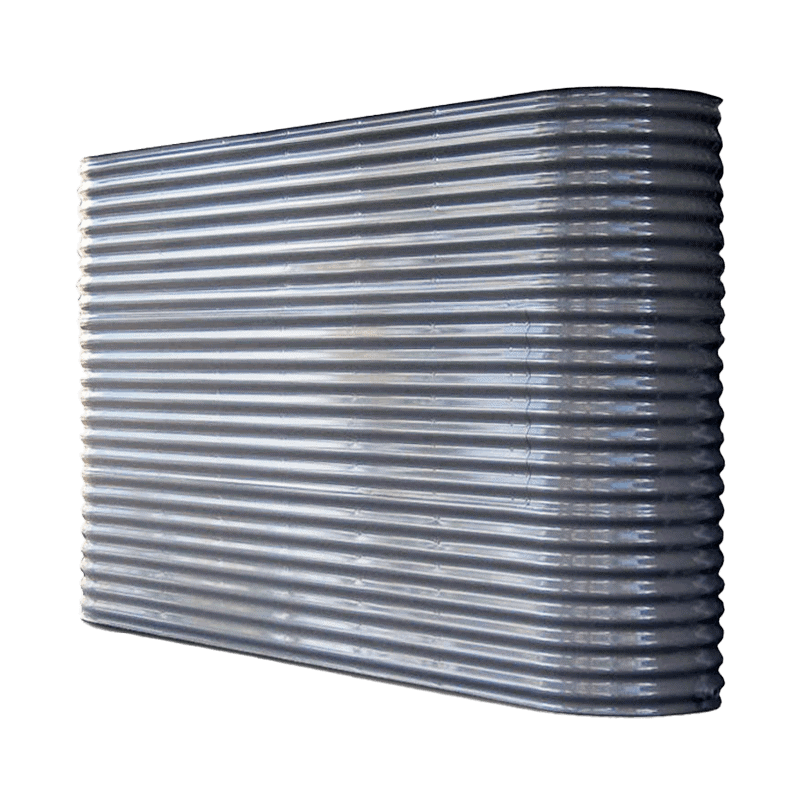Just How Slimline Water Tanks Enhance Your Home's Water Effectiveness
Wiki Article
Exploring the Different Uses Rainwater Tanks for Residential and Commercial Qualities
As the global focus on sustainable living practices proceeds to magnify, the usage of rainwater storage tanks in both property and commercial settings has actually become a pertinent remedy. These storage tanks offer a reservoir for rain harvesting, presenting a myriad of potential applications that prolong far past plain storage. From watering to commode flushing and landscaping, the flexibility of rainwater storage tanks is vast. Additionally, their assimilation right into industrial residential properties opens up a realm of opportunities for environmentally aware companies. The diverse uses rain tanks provide a compelling case for their adoption, not only as a useful water-saving measure however additionally as a testimony to accountable resource monitoring.Advantages of Making Use Of Rain Storage Tanks
Using rain containers provides various benefits for both houses and communities in terms of water conservation and sustainability. Among the essential advantages of using rain tanks is the substantial decrease in dependence on mains water system - Slimline water tanks. By capturing and keeping rainwater for later use, people and areas can reduce their demand for treated water, inevitably easing the problem on water treatment facilities and reducing power usage connected with water transport and therapy
Moreover, rain gathering via storage tanks provides a dependable alternate water source during times of water restrictions or scarcities. This saved rainwater can be utilized for different non-potable objectives such as watering, purging bathrooms, and washing garments, decreasing the strain on conventional water resources. Additionally, using rainwater containers can cause cost savings for both households and areas by decreasing water costs and reducing the requirement for costly facilities developments to fulfill growing water needs.
Fundamentally, the application of rain storage tanks offers a sustainable and ecologically pleasant strategy to water management, benefiting both individual users and the more comprehensive neighborhood in terms of water conservation, cost-efficiency, and durability.
Rainwater Tank Use in Watering
Provided the advantages of rainwater tanks in saving water sources and lowering dependence on keys water supply, a considerable application hinges on using stored rain for irrigation purposes - Slimline water tanks. Rainwater collecting systems can successfully gather and keep rain, providing a sustainable water resource for sprinkling yards, lawns, and agricultural fields. By utilizing rainwater for irrigation, homeowner can minimize their reliance on cured water sources, resulting in set you back savings and environmental advantages
One of the primary benefits of utilizing rain for irrigation is its purity. Rainwater is naturally soft and without the chemicals and ingredients frequently located in mains water, making it excellent for beneficial plants without the danger of damaging impacts. Furthermore, rain goes to ambient temperature level, which can profit plant development by staying clear of temperature level shocks that can happen with cool keys water.
Rain Containers for Commode Flushing

Applying rain tanks for toilet flushing is a cost-efficient and environmentally friendly method that can be conveniently incorporated into both residential and industrial properties. The saved rain can be made use of to flush toilets by connecting the storage tank to the existing plumbing system. This simple yet efficient remedy can considerably lower water usage in a structure, especially in locations where water shortage is an issue.

Integrating Rain Containers in Landscaping
An effective strategy for improving sustainability in landscaping entails integrating rain tanks to enhance water usage and promote environmentally friendly methods - Slimline water over at this website tanks. Incorporating rainwater tanks in landscaping offers many benefits for both domestic and industrial residential properties. These storage tanks can record and store rainwater overflow from roofs, which can then be used for watering gardens, lawns, and plants. By utilizing rain for irrigation functions, property owners can lower their dependence on local water resources, leading to cost financial savings and conservation of valuable water sources.In enhancement to supplying a lasting water resource for landscape design demands, rain containers can also assist in managing stormwater overflow. By recording rainwater that would otherwise move into tornado drains pipes, these storage tanks can minimize disintegration, decrease flooding risks, and avoid contamination of natural water bodies. Integrating rainwater containers in landscaping can add to the total visual allure of the property, showcasing a commitment to environmental stewardship.
Commercial Applications of Rainwater Containers
Utilizing rainwater containers in business settings offers a lasting option for water management and conservation, benefiting companies and the environment alike. Commercial applications of rain containers vary and progressively popular due to the expense financial savings and ecological advantages they give. One crucial commercial usage is for irrigation objectives, where harvested rainwater can be utilized to water landscaping, yards, and farming areas surrounding industrial homes. This can bring about substantial reductions in water expenses and reliance on local water resources.Furthermore, rainwater containers can be integrated right into the fire reductions systems of commercial buildings. By having a dedicated water source for firefighting objectives, services can improve their fire precaution and possibly lower insurance coverage costs. Additionally, rain gathered in tanks can be treated and used for non-potable functions within commercial properties, such as flushing bathrooms, cleaning, and cooling systems. This not only conserves fresh water sources but additionally lowers operating prices for organizations. On the whole, the incorporation of rain tanks in commercial settings presents a practical and eco accountable method to water monitoring.
Verdict
To conclude, rainwater containers use various advantages for both property and business properties. From watering to toilet flushing and landscape design, using rain containers can help conserve this water sources and reduce water costs. In addition, integrating rainwater tanks in industrial setups can result in significant expense financial savings and environmental benefits. In general, the flexibility and sustainability of rain storage tanks make them a Web Site useful investment for any kind of home owner looking to raise water performance.Report this wiki page